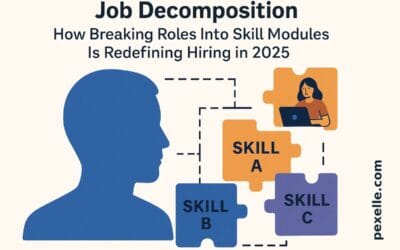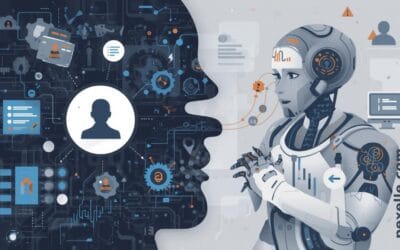Transferring Personal and Professional Skills in the Digital Age: Advantages Over Traditional Methods

In today’s rapidly evolving world, the digital age has transformed the way individuals share and acquire knowledge, skills, and experiences. The shift from traditional, face-to-face methods of skill transmission to digital platforms offers a wide range of advantages, both in personal and professional development. These transformations have redefined learning, mentoring, collaboration, and global outreach—allowing people from all walks of life to become both learners and teachers, regardless of time or location.
1. Global Reach and Accessibility
One of the most significant advantages of digital skill transfer is its global accessibility. Unlike traditional methods that often rely on in-person workshops, classrooms, or mentorships, digital tools allow knowledge to be shared across borders instantly. Platforms like YouTube, LinkedIn Learning, Coursera, and even social media provide opportunities for experts to share insights with audiences worldwide. A professional in Kenya can now access a coding tutorial from Silicon Valley, or an artist in Iran can teach painting techniques to viewers in Canada. This democratization of knowledge reduces geographic and socioeconomic barriers, fostering a more inclusive global learning ecosystem.
2. Asynchronous and Flexible Learning
Digital tools enable asynchronous learning—where learners can access materials at their own pace and on their own schedule. This flexibility is especially valuable for working professionals, parents, or students with varying time commitments. Unlike traditional classrooms with fixed schedules, digital content like video tutorials, blogs, and podcasts can be consumed anytime, anywhere. This makes continuous skill development more compatible with modern lifestyles, increasing the likelihood of consistent learning and growth.
3. Interactive and Personalized Experiences
Modern digital learning platforms use artificial intelligence and data analytics to personalize learning experiences. Unlike traditional one-size-fits-all training sessions, learners today can benefit from adaptive courses that respond to their pace, knowledge gaps, and goals. Gamification, quizzes, and simulations offer hands-on practice, which enhances retention and engagement. Moreover, digital tools allow for immediate feedback, helping learners to identify and correct mistakes in real time—a stark contrast to the delayed or absent feedback in many traditional settings.
4. Documentation and Scalability
In the digital age, content is often recorded, documented, and archived. This allows knowledge to be stored permanently and shared with an unlimited number of people. A single tutorial video can be reused by thousands of learners over time without additional effort from the creator. This scalability is unmatched by traditional methods, which typically require repeated effort and personal presence. Furthermore, the documentation of skills via online portfolios, GitHub repositories, or digital certifications strengthens credibility and enhances career opportunities for professionals.
5. Collaboration and Community Building
Digital platforms facilitate the formation of communities around shared interests and skills. Online forums, discussion groups, Discord servers, and niche communities on Reddit or Slack allow individuals to engage in real-time dialogue, offer feedback, and collaborate on projects. This dynamic interaction encourages peer-to-peer learning, mentorship, and the exchange of diverse perspectives. In contrast, traditional settings often limit collaboration to local networks, reducing exposure to new ideas and approaches.
6. Cost-Effectiveness and Efficiency
Transferring skills digitally often requires lower costs than organizing physical training sessions or workshops. There is no need for travel, venue rental, printed materials, or physical tools. Digital platforms can dramatically reduce the financial burden associated with education and training, especially for underserved populations. Moreover, updates to content can be made quickly and distributed widely—ensuring that learners have access to the most current knowledge.
Conclusion
The digital age has ushered in a new era of skill sharing that is more inclusive, flexible, scalable, and interactive than ever before. While traditional methods still have their place, especially in hands-on or human-centered fields, the advantages of digital skill transfer are undeniable. As technology continues to advance, individuals and organizations must embrace these tools to remain competitive, connected, and continuously evolving in a globalized world.
Source : Medium.com




